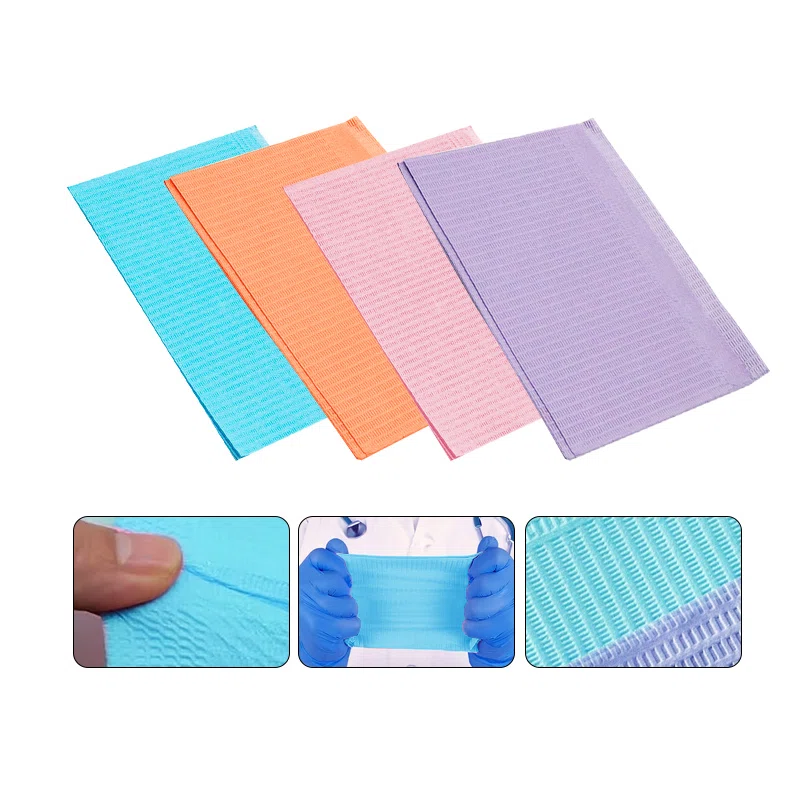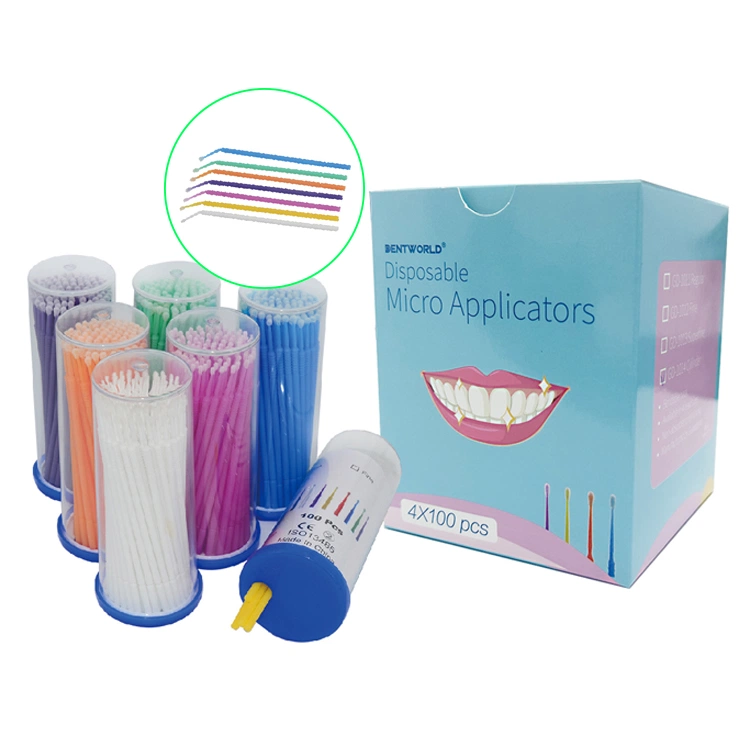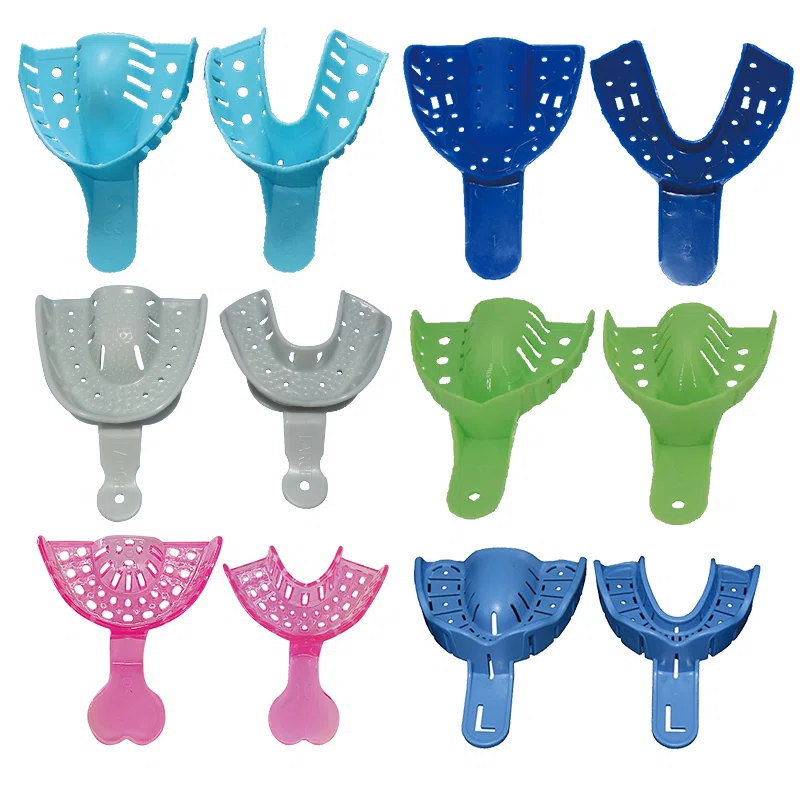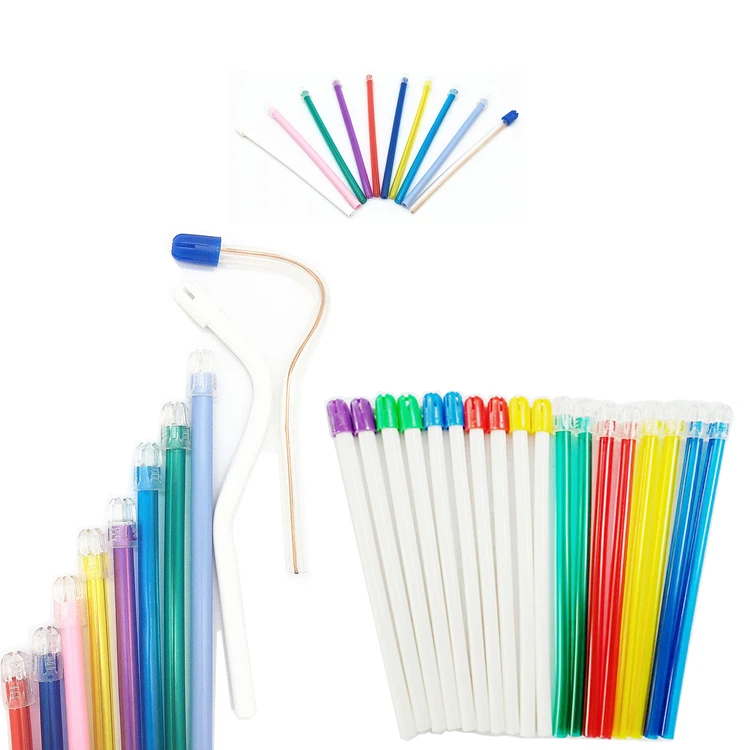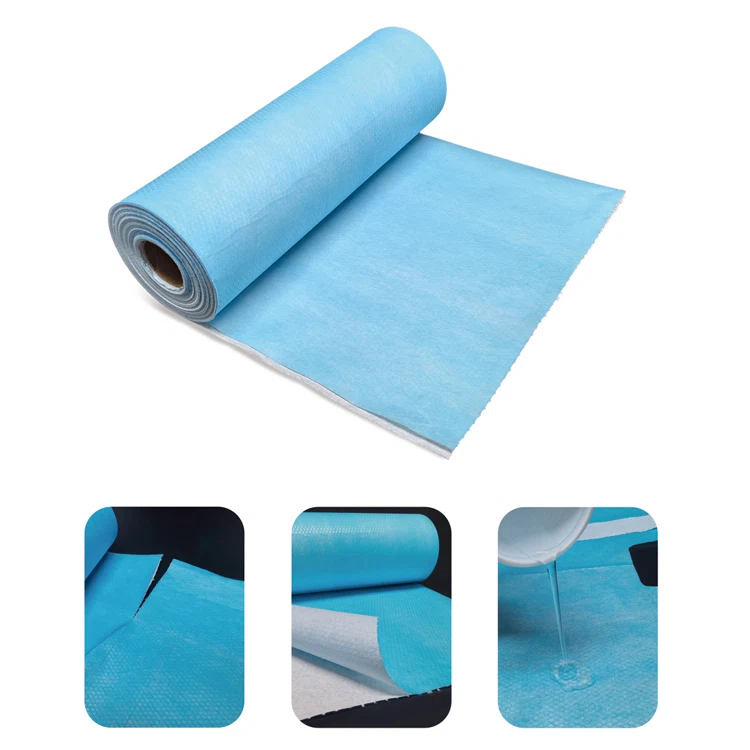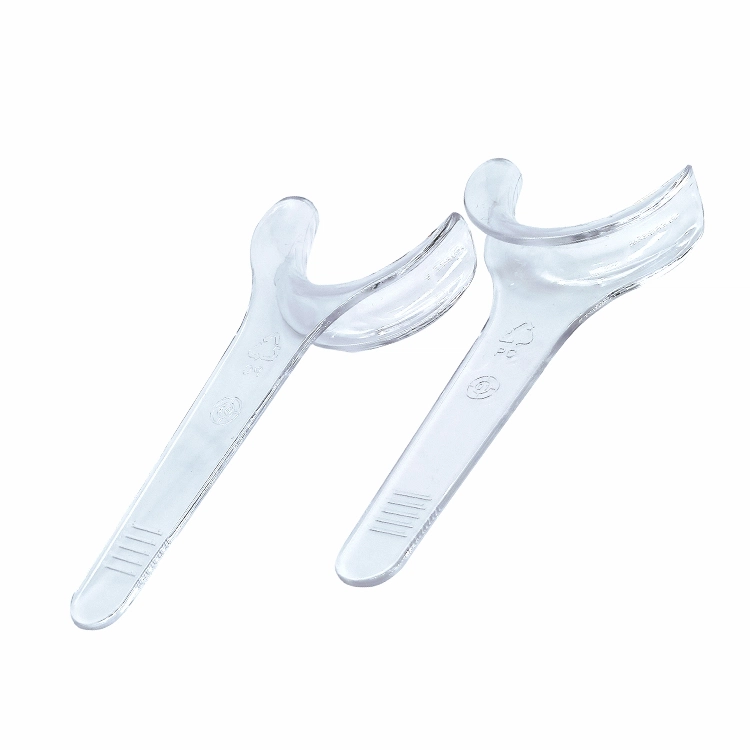
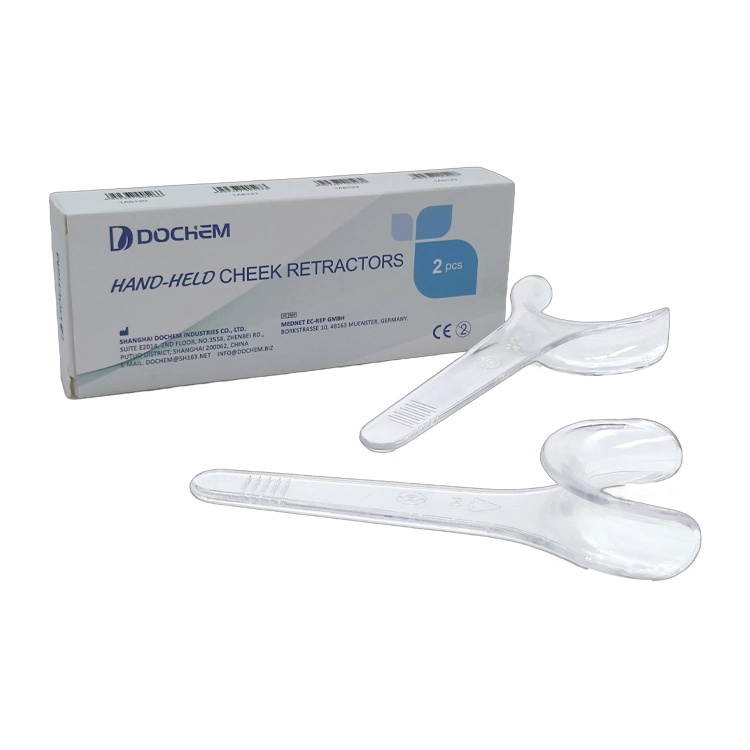
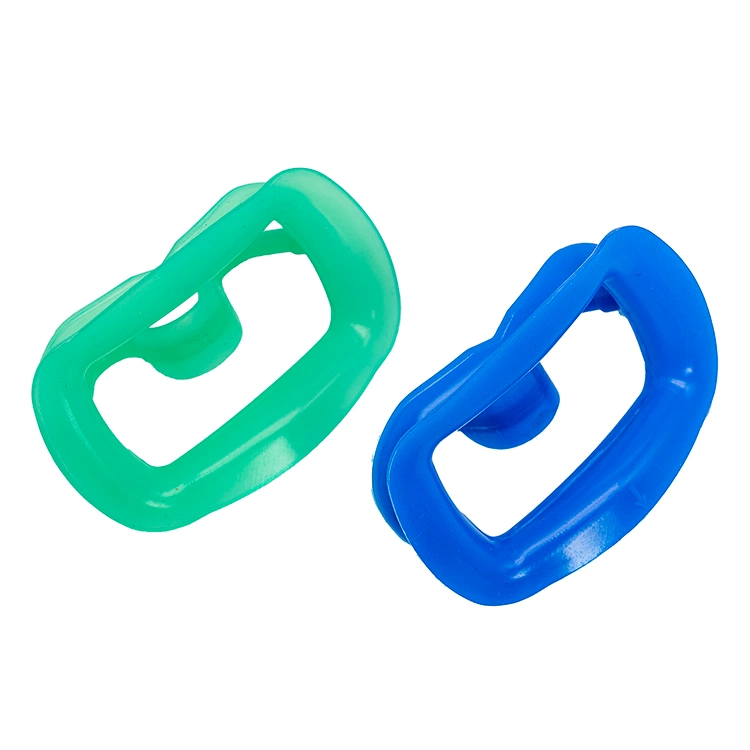
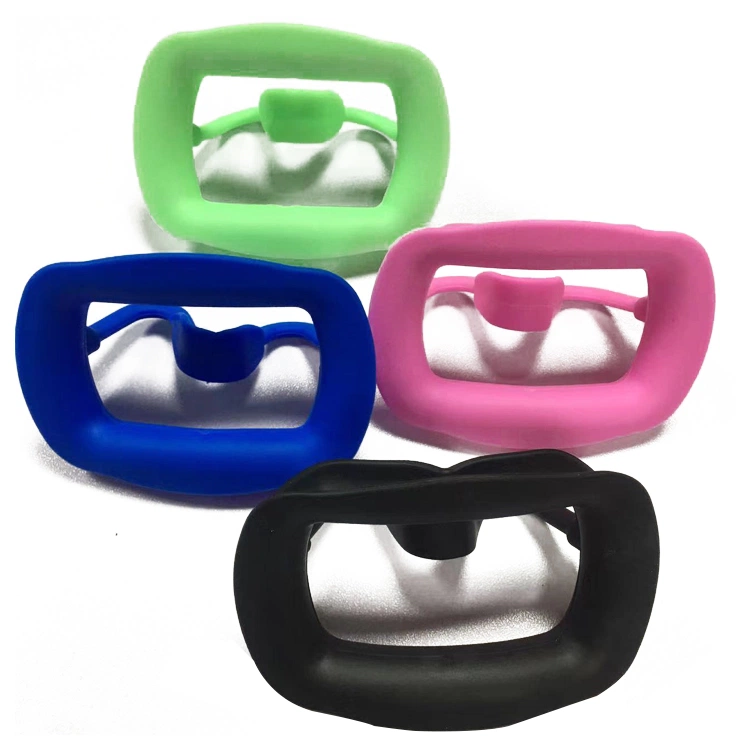
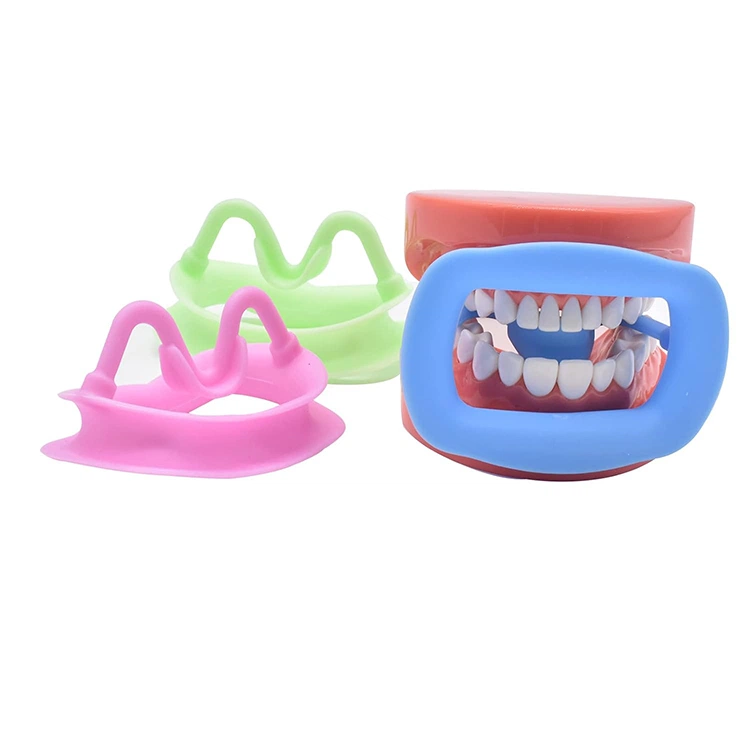
Cheek Retractors
- Reduce Patient Discomfort: Keeping the mouth open for long time can cause fatigue and discomfort , Cheek retractors can effectively immobilize the mouth and reduce patient discomfort during treatment.
- Avoiding Treatment Interruptions: use the cheek retractors can avoiding treatment interruptions due to mouth closure and movement
- Various Models are available: Depending on the actual treatment needs and the patient's own oral environment, many models of cheek retractors are available.
Description
The cheek retractors are professional tool in dental treatment that help the dentist to keep the patient’s mouth open during treatment, it can provide a clearer view of the mouth and thus facilitating treatment operations such as examinations, cleanings, orthodontics, extractions and restorations.
Cheek retractor is usually made of plastic or silicone. so it’s safe, non-toxic and gentle on the mouth. They are easy to clean and reusable, ensuring hygiene and safety during surgery and oral care.
Cheek Retractors Category
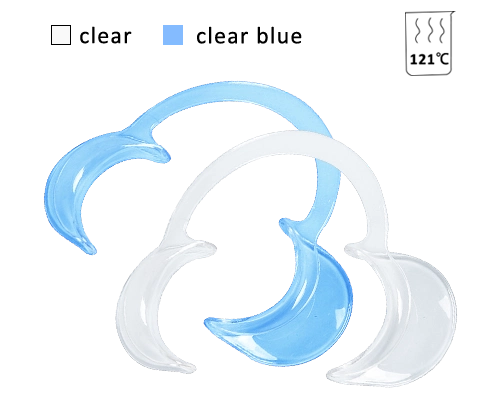
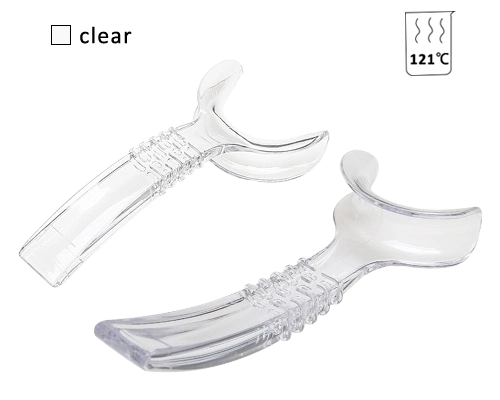

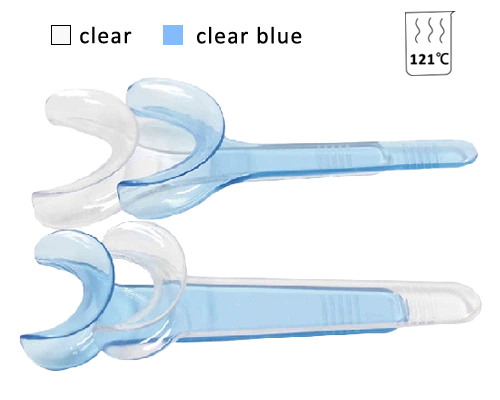

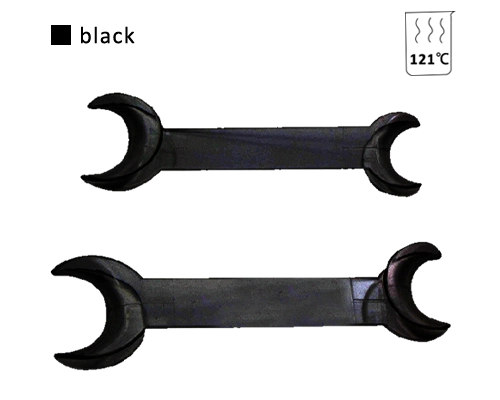
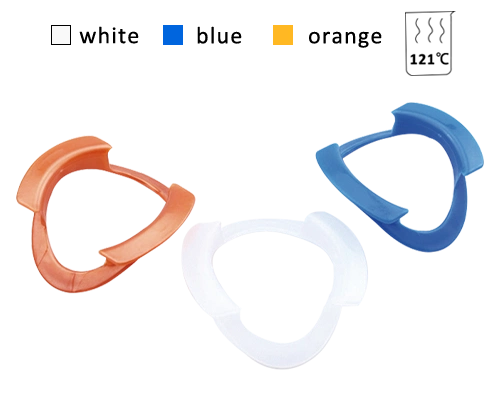
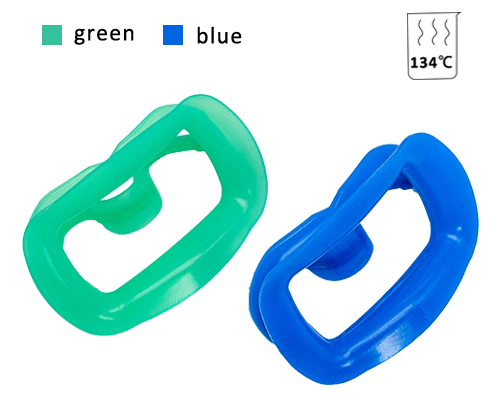
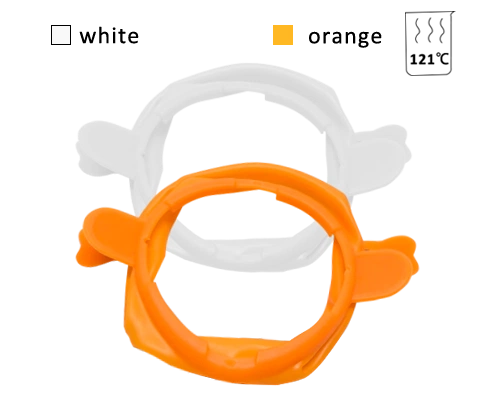
The choice of dental cheek retractors needs to be adapted to the patient’s specific situation. For patients with temporomandibular joint disorder (TMJ) or other oral problems, dentists recommend softer cheek retractors to avoid putting too much pressure on the teeth.
Cheek retractors tips
Cheek Retractors are dental assistive devices that are used to retract the soft tissues of the patient’s mouth to open up the surgical field. Suitable for restorative treatments, teeth whitening and digital impression scanning. Cheek retractors have been optimized and material innovations have significantly improved operational efficiency and patient comfort.
The function of cheek retractors
Cheek retractors are used to pull and secure the cheek and lip tissues inside the mouth, fully exposing the oral cavity to provide dentists with a better view. While reducing discomfort for patients caused by mouth opening too long. During oral restoration, orthodontic treatment, and other procedures, the soft tissues of the cheeks and lips can easily obstruct the dentist’s line of sight, blocking the areas that need to be examined or operated on. Using a cheek retractor effectively pulls back these soft tissues, providing better visibility and working space, enabling dentists to perform treatments more precisely. Such as placing filling materials or installing orthodontic appliances, thereby improving treatment outcomes.
Comparison of various types of cheek retractors
| Type | Features | Application Range |
|---|---|---|
| C-type Cheek Retractor | Sterilizable at 121°C, available in large, medium, and small sizes, suitable for children and adults | Suitable for children’s and adults’ oral sizes |
| T-type Cheek Retractor | Sterilizable at 121°C, available in large and small sizes, requires manual stretching | Suitable for oral examination |
| Y-type Cheek Retractor | Sterilizable at 121°C, requires manual stretching | Suitable for oral examination |
| TPE Cheek Retractor | Sterilizable at 134°C, made of silicone-like material, offers the best comfort | Suitable for situations requiring higher comfort |
How to use cheek retractors
First, the dentist must select the right size of cheek retractors based on the patient’s oral cavity size and the treatment area. Generally, there are different sizes for children and adults. Sometimes, different shapes of retractors are needed for different treatment steps. For example, during the examination, one type of retractor is used. However, if the treatment stage lasts for a long time, another retractor should be replaced for the patient’s comfort.
Next, the patient is instructed to relax their mouth, and the dentist gently pulls the cheek or lip outward with their fingers. Vaseline is applied to the corners of the mouth to prevent discomfort from excessive friction. One end of the cheek retractor is slowly inserted into the mouth, ensuring it adheres to the mucous membrane on the inner side of the cheek or lip.
Then, place the other end in the same way and adjust the position of the cheek retractor so that it can fully expose the treatment area while ensuring that the patient does not experience obvious discomfort. Each continuous traction should last no more than 15 minutes to avoid local ischemia .
During the usage, the doctor should always pay attention to the patient’s reaction. If there is any discomfort, the position of the cheek retractor should be adjusted in time or a suitable model should be replaced.After treatment, slowly remove the cheek retractors from the patient’s mouth.
Important considerations when using cheek retractors
1. Suitable Size
Selecting the suitable size of cheek retractor is crucial. A retractor that is too large may compress the patient’s oral tissues, causing discomfort; one that is too small may fail to achieve the desired retraction effect.
2. Operate Gently
When placing and removing cheek retractors, do so gently to avoid damaging the patient ‘s oral mucosa. Especially for children, the elderly or patients with oral diseases whose oral mucosa is relatively fragile, extra caution should be exercised. Before placing, apply Vaseline to the corners of the patient’s mouth to ensure adequate lubrication. If the patient’s cheek muscles become stiff due to prolonged pressure after removal, a slow massage can be given to soothe the muscles.
3. Disinfection and Sterilization
Cheek retractors should be strictly sterilized before use to prevent cross-infection. The specific disinfection method should be determined according to the cheek retractor manual.
4. Avoid using cheek retractor too long
Do not use cheek retractor continuously for a long time to avoid causing fatigue and ischemia in the patient ‘s oral tissues. During the diagnosis and treatment process, it is appropriate to pause same minutes and allow the patient to rest for a while.
FAQs
Generally, using the suitable size cheek retractor correctly will not cause significant pain, though there may be a slight sensation of a foreign object. Long-term use may cause local ischemia and lead to stiffness.
Sure. There is a small cheek retractor specially designed for children. It has a slightly weaker elasticity and is suitable for children's delicate mouths. Moreover, children have less patience than adults and need cheek retractor more to help keep their mouths open. During use, pay close attention to children's reactions to avoid causing them fear and discomfort.
Please follow the user manual. Disposable cheek retractor must not be reused. Reusable types must undergo strict disinfection and sterilization treatment.
Cheek retractor is widely used in most dental treatments, especially cleaning, tooth extraction and orthodontic surgeries. However, adjustments need to be made based on the patient's oral condition. For instance, patients with temporomandibular joint disorders cannot use cheek retractor to prevent the condition from worsening.

